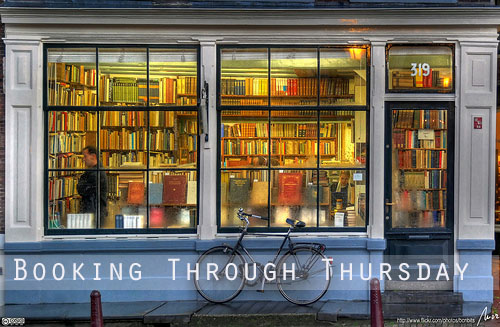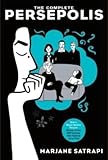In my last post I listed my favorite reads of the year. Here’s why I liked them and why I’m still thinking about them.
- Moloka’i, Alan Brennert: This book was a bit of a departure for me. I had never read anything set in Hawaii, and I knew next to nothing about the leper colony on Moloka’i. I absolutely loved this story of Rachel. I think the part I liked best was that she was able to leave and reunite with her sister before the end, and that she was able to connect with her daughter. I was truly swept up into the story. In fact, it might have been my absolute favorite book of the year, and it was also the first one I finished.
- Divergent, Veronica Roth: Roth manages to capture her futuristic Chicago in clear detail, and the world she describes is so different. I read on, unable to stop turning pages, so I could find out what would happen to Tris and Four.
- The Flight of Gemma Hardy, Margot Livesey: I didn’t give this book five stars, but it’s one that I continued to think about long after I read it. One of my new colleagues was reading it earlier this year, and we talked about it a little bit. I thought it was a great modern retelling of Jane Eyre that made sense. I loved the settings in the book: Scotland’s Orkneys and Iceland. So exotic!
- Persepolis, Marjane Satrapi: I haven’t read a lot of graphic novels, but this one made me want to read more. It’s an interesting memoir, and I enjoyed both the artwork and the story.
- A Moveable Feast, Ernest Hemingway: Actually this may also be the best book I read this year. I love Hemingway’s writing, and this book felt like reading gossip about other writers. He captures that time and place, Paris in the 1920’s, so well that he made me long to go. I created a Paris board on Pinterest after reading it.
- The Fantastic Flying Books of Mr. Morris Lessmore, William Joyce: This book really opened my eyes to the direction that books can go in the future. If you haven’t seen this book, check it out on the iPad. It’s a completely interactive storybook. The story itself is charming—it’s about a man who discovers the joy of caring for books, a monument to librarians. This book isn’t read—it’s experienced.
- The Fault in Our Stars, John Green: I am convinced after this book that John Green is the Judy Blume for this generation. This book was excellent. I enjoyed the plucky protagonist Hazel. The book doesn’t flinch in its portrayal of teens with cancer, but it is surprisingly uplifting. In the end, I felt it was much more about living than dying.
- Smart Soapmaking and Milk Soapmaking, Anne L. Watson: My new soapmaking hobby has taken over my life! I enjoy it a great deal, and almost all the nonfiction I read this year was about soapmaking. These two books were, by far, the best books I read about the craft of making handmade soap.






